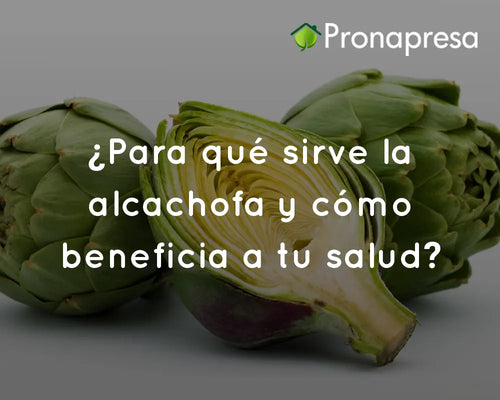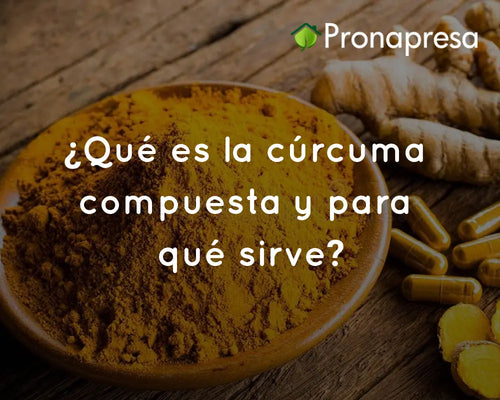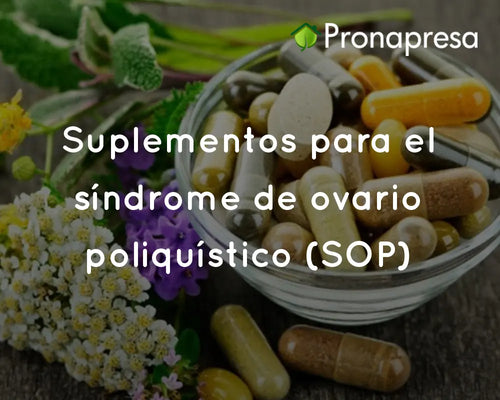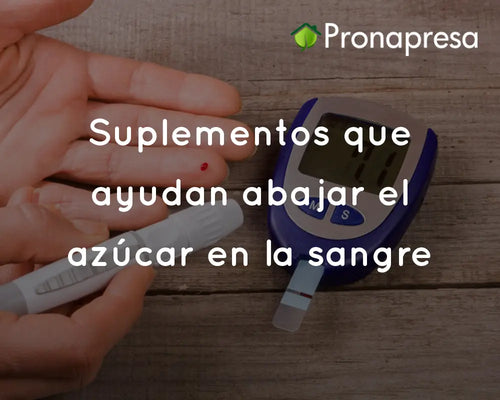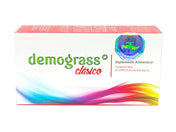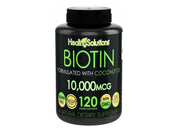
The importance of magnesium in the body
Before we delve into foods rich in magnesium, it's important to understand why this mineral is essential for our health. Magnesium is involved in:
- Bone Health : Approximately 60% of the body's magnesium is found in bones. It helps maintain bone strength and works with calcium and vitamin D to improve bone density and prevent problems like osteoporosis.
- The functioning of the nervous system : Magnesium acts as a regulator in the transmission of signals between neurons, helping to prevent stress and anxiety.
- Muscle function : This mineral is involved in muscle contraction and relaxation, making it a key nutrient for athletes and people with frequent muscle cramps.
- Blood sugar control : Magnesium improves insulin sensitivity, which helps regulate blood glucose levels and prevents diseases such as type 2 diabetes.
- Cardiovascular health : Magnesium helps maintain a stable heart rate, regulates blood pressure and prevents heart disease.
Foods rich in magnesium
1. Seeds and nuts
Seeds and nuts are one of the most concentrated sources of magnesium and other beneficial nutrients. Some of the best options include:
- Almonds : One ounce (28 grams) of almonds contains approximately 80 mg of magnesium, which is 20% of the recommended daily value. In addition to being an excellent source of magnesium, almonds are rich in vitamin E, protein, and healthy fats, making them a perfect snack.
- Pumpkin seeds : These tiny seeds are a magnesium powerhouse. One ounce (28 grams) provides about 150 mg of magnesium, covering more than 35% of your daily needs. Pumpkin seeds also contain antioxidants and omega-3 fatty acids, making them ideal for heart health.
- Cashews : One ounce of cashews provides about 80 mg of magnesium. They also contain a good amount of iron and protein, making them a healthy option to add to salads, yogurt, or as a snack.
- Chia seeds : Chia seeds, in addition to being rich in fiber and omega-3 fatty acids, contain about 95 mg of magnesium per ounce. They can be sprinkled on salads, in smoothies, or mixed into yogurt.
2. Green leafy vegetables
Green leafy vegetables are not only rich in fiber, vitamins, and minerals, but are also an excellent source of magnesium. Some of the most notable are:
- Spinach : This vegetable is one of the best sources of magnesium. One cup of cooked spinach contains about 157 mg of magnesium, which is almost 40% of the recommended daily value. You can include spinach in smoothies, salads, or sauté it with olive oil.
- Swiss chard : Like spinach, Swiss chard is rich in magnesium. One cup of cooked Swiss chard provides about 150 mg of magnesium. It's a versatile and delicious option to include in your diet.
- Kale : Although it has less magnesium than spinach and chard, kale is still a good source of this mineral. One cup of raw kale provides approximately 30 mg of magnesium. It can be consumed in salads, smoothies, or as baked chips.
3. Legumes
Legumes are an excellent source of magnesium, plant-based protein, and fiber. They're also inexpensive and versatile in the kitchen. Top choices include:
- Chickpeas : One cup of cooked chickpeas contains about 80 mg of magnesium. In addition to being rich in magnesium, chickpeas are an excellent source of plant-based protein and fiber, ideal for controlling appetite and maintaining stable blood sugar levels.
- Lentils : One cup of cooked lentils provides approximately 70 mg of magnesium. Lentils are one of the easiest legumes to digest and are ideal for soups, salads, or as a side dish.
- Black beans : One cup of cooked black beans contains about 120 mg of magnesium. They're rich in fiber, which aids digestion, and protein, making them an excellent choice for vegans and vegetarians.
- Soybeans : Soybeans, in their various forms, such as tofu and tempeh, are a notable source of magnesium. One cup of edamame (cooked soybean pods) contains approximately 100 mg of magnesium.
4. Whole grains
Whole grains are not only rich in fiber and vitamins, but they also contain significant amounts of magnesium. Some of the best grains to increase your magnesium intake include:
- Brown rice : One cup of cooked brown rice contains about 80 mg of magnesium. Unlike white rice, brown rice retains its outer layers, where much of the magnesium and other nutrients are concentrated.
- Quinoa : This pseudocereal has become very popular in recent years, and for good reason. One cup of cooked quinoa contains approximately 120 mg of magnesium. Plus, quinoa is a complete source of protein, meaning it contains all nine essential amino acids.
- Oatmeal : Oatmeal is a nutritious breakfast option, as one cup of cooked oatmeal provides about 60 mg of magnesium. In addition to its magnesium content, oatmeal is rich in beta-glucan, a fiber that helps lower cholesterol levels.
5. Fatty fish
Fish, especially fatty fish, is not only an excellent source of omega-3 fatty acids, but also contains significant amounts of magnesium. Some magnesium-rich options include:
- Mackerel : A single 85-gram mackerel fillet provides approximately 75 mg of magnesium. Mackerel is also rich in omega-3 fatty acids and vitamin D, making it an excellent food for cardiovascular health.
- Salmon : A 3-ounce serving of cooked salmon contains about 25 mg of magnesium. While not the highest source of magnesium, salmon is still an excellent choice due to its omega-3 and protein content.
- Tuna : Tuna is another fatty fish that can provide a good amount of magnesium. A serving of tuna contains about 50 mg of magnesium. However, it is recommended to moderate your intake due to the risk of mercury contamination in some species.
6. Fruits
Although fruits aren't as rich in magnesium as other food groups, some offer considerable amounts of this mineral, along with other essential nutrients. Some options include:
- Bananas : One medium banana contains approximately 32 mg of magnesium. Bananas are also rich in potassium, making them a great choice for people who need to replenish electrolytes after exercise.
- Avocados : This fruit is an excellent source of magnesium, as one medium avocado contains about 58 mg of this mineral. It's also rich in healthy fats, fiber, and antioxidants.
- Figs : Dried figs contain about 25 mg of magnesium per 100 grams. They're an excellent choice for adding to salads, yogurts, or as a snack.
7. Dark chocolate
Dark chocolate, especially those with a high cocoa content (70% or more), is a delicious source of magnesium. One ounce of dark chocolate (28 grams) contains approximately 65 mg of magnesium. Additionally, dark chocolate is rich in antioxidants and may help improve cardiovascular health. However, it's important to consume it in moderation due to its calorie and sugar content.
Magnesium is an essential mineral for the proper functioning of our bodies, and consuming enough magnesium-rich foods can help prevent a variety of health problems, from osteoporosis to heart disease.
[product=extra-strength-magnesium-nature-made-400mg]
Essential supplement to strengthen your nerve, muscle, heart and bone health
[/product]














